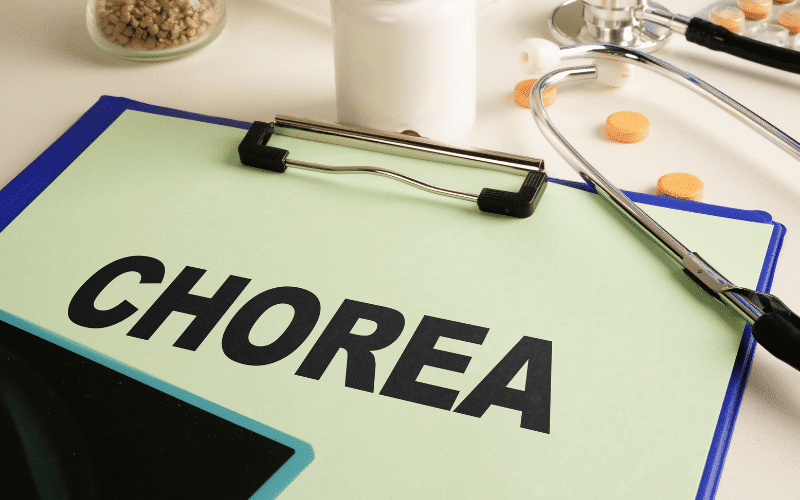3. Choreic Movements: The Uncontrolled Dance of HD

Perhaps the most visually apparent symptom of HD is chorea, derived from the Greek word for “dance.” However, this isn’t a dance characterized by rhythm or grace, but one of uncontrolled, abrupt, and erratic movements. Choreic movements in HD bear a painful irony – they represent an involuntary dance of disorder against the backdrop of a disease that robs individuals of their autonomy.
Chorea in HD often begins subtly, masquerading as restlessness or nervous fidgeting. However, as the disease progresses, these movements can escalate, interfering with daily activities such as eating, dressing, or even maintaining balance while standing or walking.
The unpredictability of chorea only adds to its disruption. Movements can be fast or slow, appear in different parts of the body, and vary in intensity. One moment, a person might experience a slight twitch in the fingers, and the next, a sweeping arm movement.
Choreic movements are not just physically disruptive; they also carry a psychological toll. The visibility of these symptoms can lead to feelings of embarrassment and social withdrawal for the affected individuals. The involuntary movements, noticeable to the public eye, can often become a source of stigma, adding to the emotional burden of living with HD.
While chorea is a hallmark symptom of HD, it’s crucial to remember that the impact of this symptom extends beyond physical disruptions. It affects the person’s sense of self and their social interactions. Therefore, understanding chorea in the context of HD isn’t just about acknowledging the physical symptom but also recognizing its far-reaching psychological implications. (3)